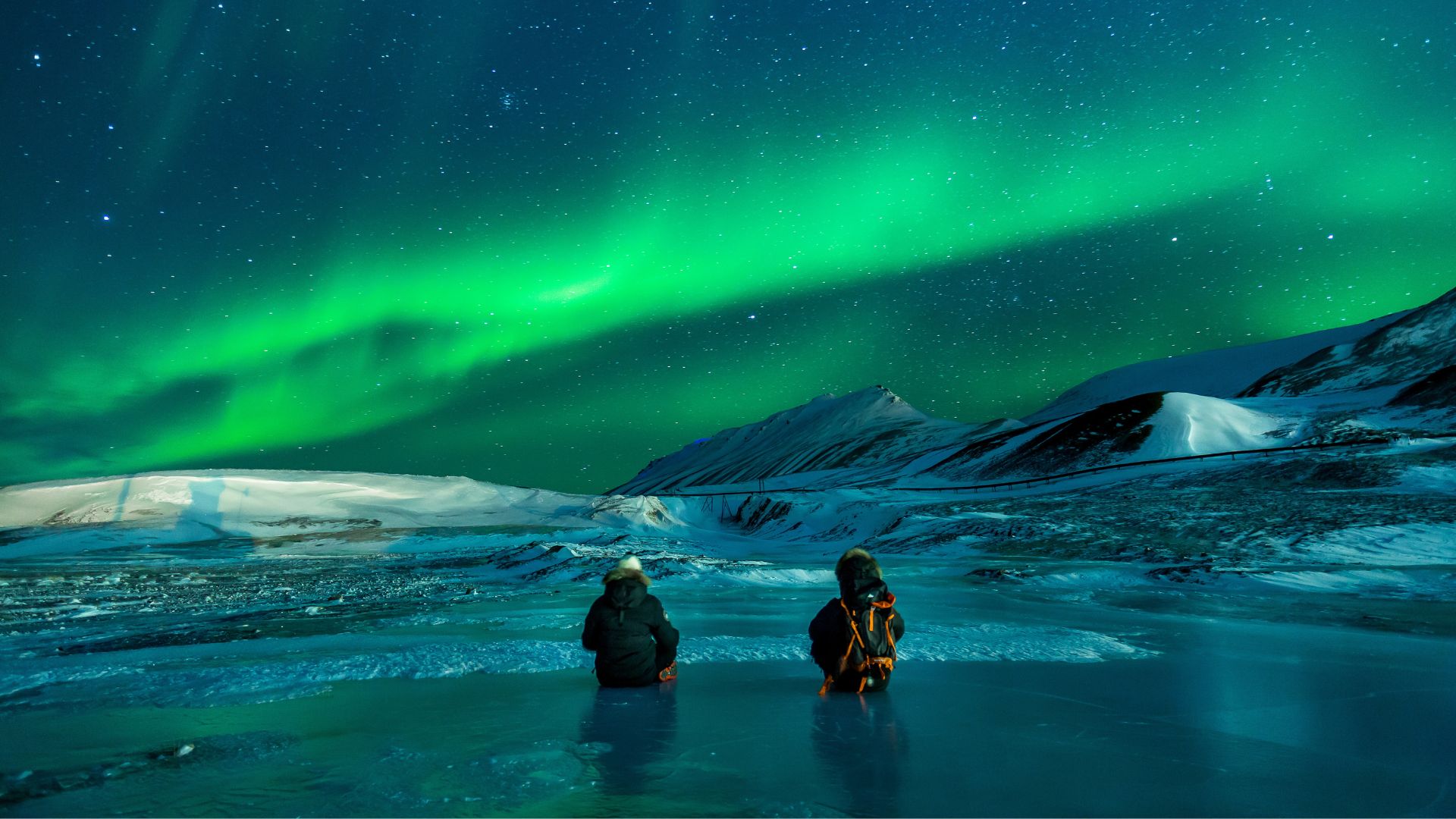Alaska, with its breathtaking landscapes and untamed wilderness, promises an adventure unlike any other. Yet, traveling to the Last Frontier can be as challenging as it is thrilling. This article will provide essential Alaska travel tips to ensure a memorable journey.
Whether it’s navigating the vast expanses, dealing with the unpredictable weather, or spotting the best wildlife, there’s a lot to consider. But don’t worry, armed with the right tips and tricks, you’ll be ready to explore Alaska’s untamed beauty. So, buckle up, and prepare for a journey into the wild.
Picking the right time for an excursion to Alaska involves examining various factors. Attention must focus on both the weather and the amount of daylight, as well as weighing the benefits and drawbacks of peak and off-peak travel periods.
Alaska Travel Tips
Considerations for Weather and Daylight
The weather in Alaska fluctuates drastically throughout the year. During winter, temperatures dip below zero while summer brings milder weather, typically fluctuating between 60 and 70 degrees Fahrenheit (15 and 24 degrees Celsius). It’s essential to plan for these temperature variations in tandem with daylight hours when scheduling your Alaskan adventure. Conversely, during winter, daylight dwindles to a mere 6 hours, but during summer solstice, there can be up to 24 hours of daylight, particularly in northern regions. This phenomenon, colloquially known as the “Midnight Sun,” offers unique experiences.
Peak Season vs. Off-Peak Travel
Travel to Alaska often peaks between May and September, coinciding with warmer weather, bolsters wildlife sighting opportunities, and enables access to popular destinations such as Denali National Park. However, peak season can also bring increased tourist traffic, inflated prices, and crowded attractions. During off-peak seasons (October to April), travelers face challenging weather conditions, limited daylight, and fewer services. But they get to enjoy spectacular displays of Northern Lights, fewer crowds, and lower prices. It’s evident that both periods offer distinct experiences, and selecting one depends on the traveler’s preferences, tolerance for cold, and aptitude for adventure.
Preparing for the Alaskan Climate
To truly relish the Alaska experience, it’s imperative to note the effect of the distinctive Alaskan climate on one’s travel plans. Factors such as chilling temperatures, sudden weather changes, and prolonged unusual daylight or darkness contribute to the uniqueness of this place. Preparation for this requires cognizance of appropriate attire, gear, and safety essentials with respect to wildlife.
Appropriate Clothing and Gear
Compellingly, choosing the right clothing and gear becomes a deciding factor in finding comfort and avoiding hypothermia in the Alaskan environment. The key lies in dressing in layers, allowing for easy addition or removal of clothing as temperatures fluctuate. A base layer of synthetic materials helps wick away moisture, whilst a middle layer of wool or fleece retains warmth, and an outer shell of waterproof and wind-resistant materials protects against unexpected rain or snow.
Additionally, it’s crucial to protect extremities with warm gloves, wool socks, and robust waterproof boots. Gear, such as microspikes for additional traction on icy terrain, a headlamp for negotiating the extended darkness, and sunglasses to shield against intense reflection off snow and ice, proves beneficial.
Wildlife and Safety Essentials
Replete with abundant wildlife, Alaska obeys its own set of safety rules. Bear encounters aren’t uncommon; therefore, carrying bear spray and knowing how to use it becomes crucial. Keeping a safe distance from animals, never feeding wildlife, and making noise while hiking in bushy areas help prevent startling them causing aggressive responses.
An additional essential includes a first aid kit, equipped with medical necessities capable of addressing injuries. In remote areas, consider carrying a satellite phone or a personal locator beacon for emergency communication. Heeding these precautions ensures a safe and exciting Alaskan expedition, allowing travelers to marvel at the profound beauty and wilderness this land offers, fully immersed in the quintessence of its climate.
Transportation in Alaska
Navigating through Alaska portrays a unique set of challenges and beautiful experiences. An understanding of different modes of transportation contributes immensely to an unforgettable Alaskan adventure.
